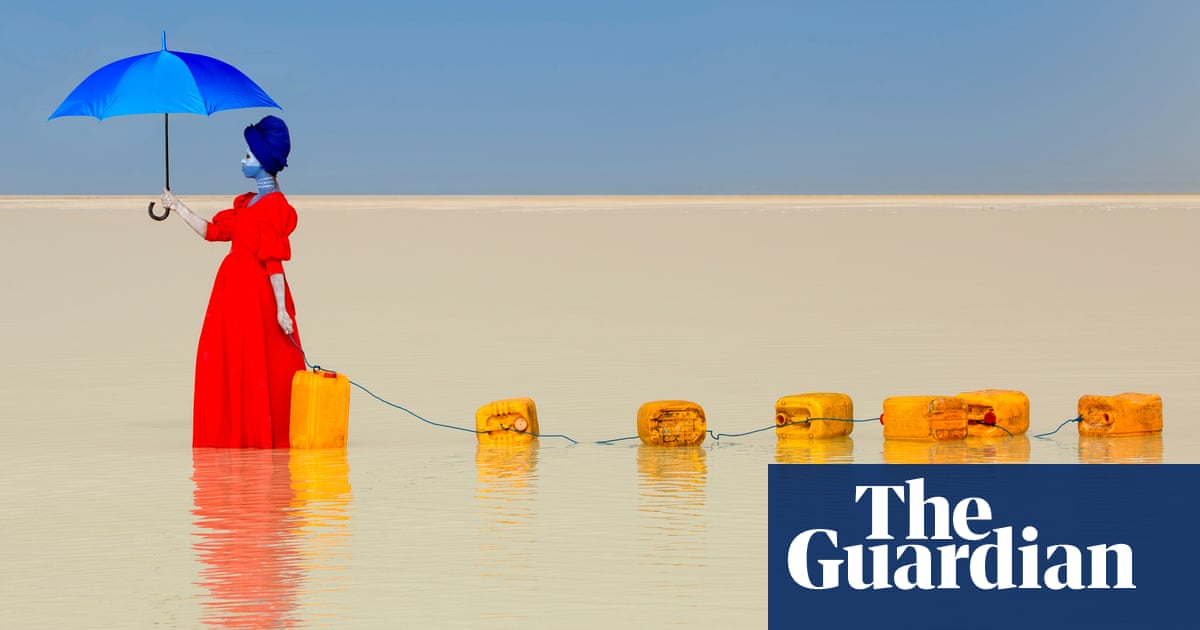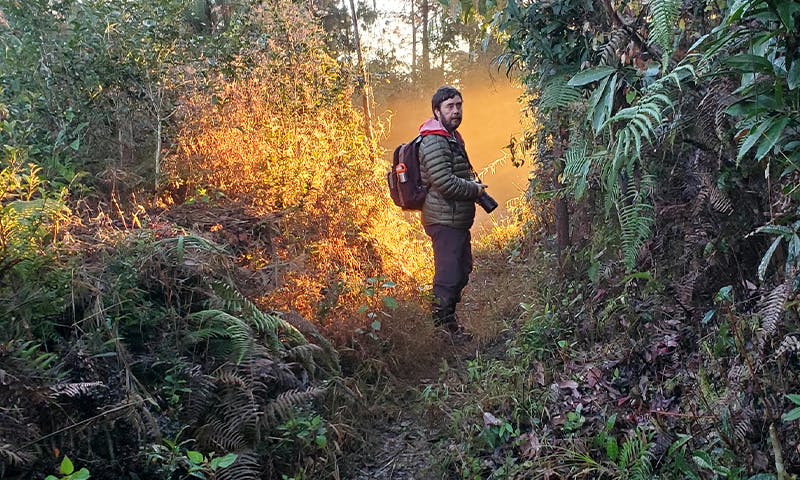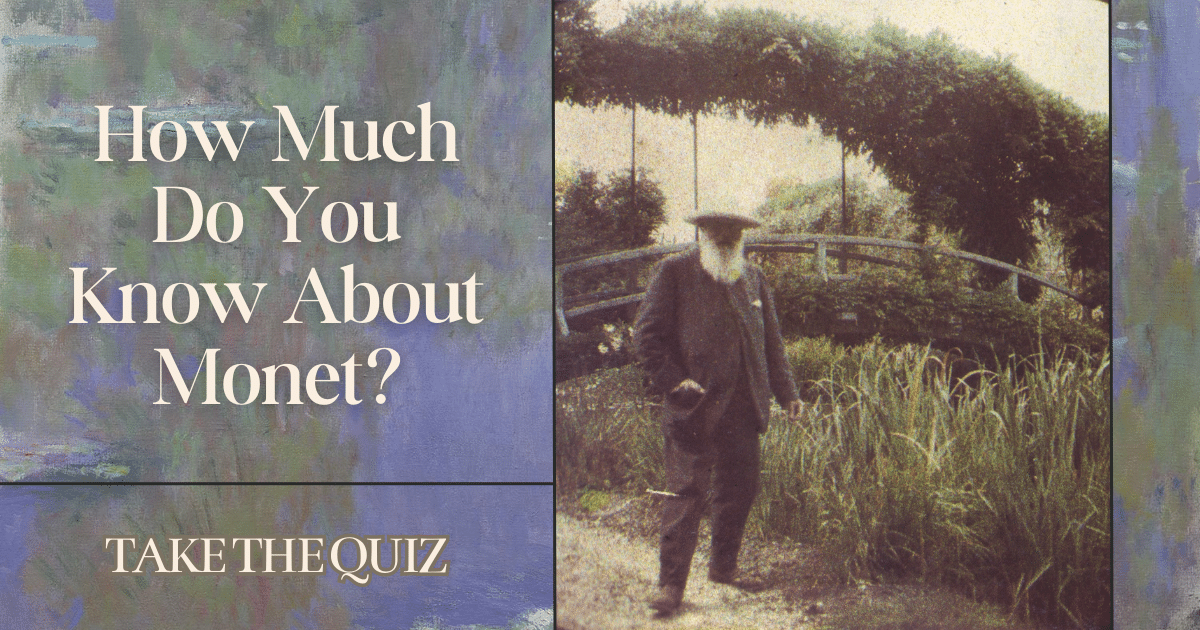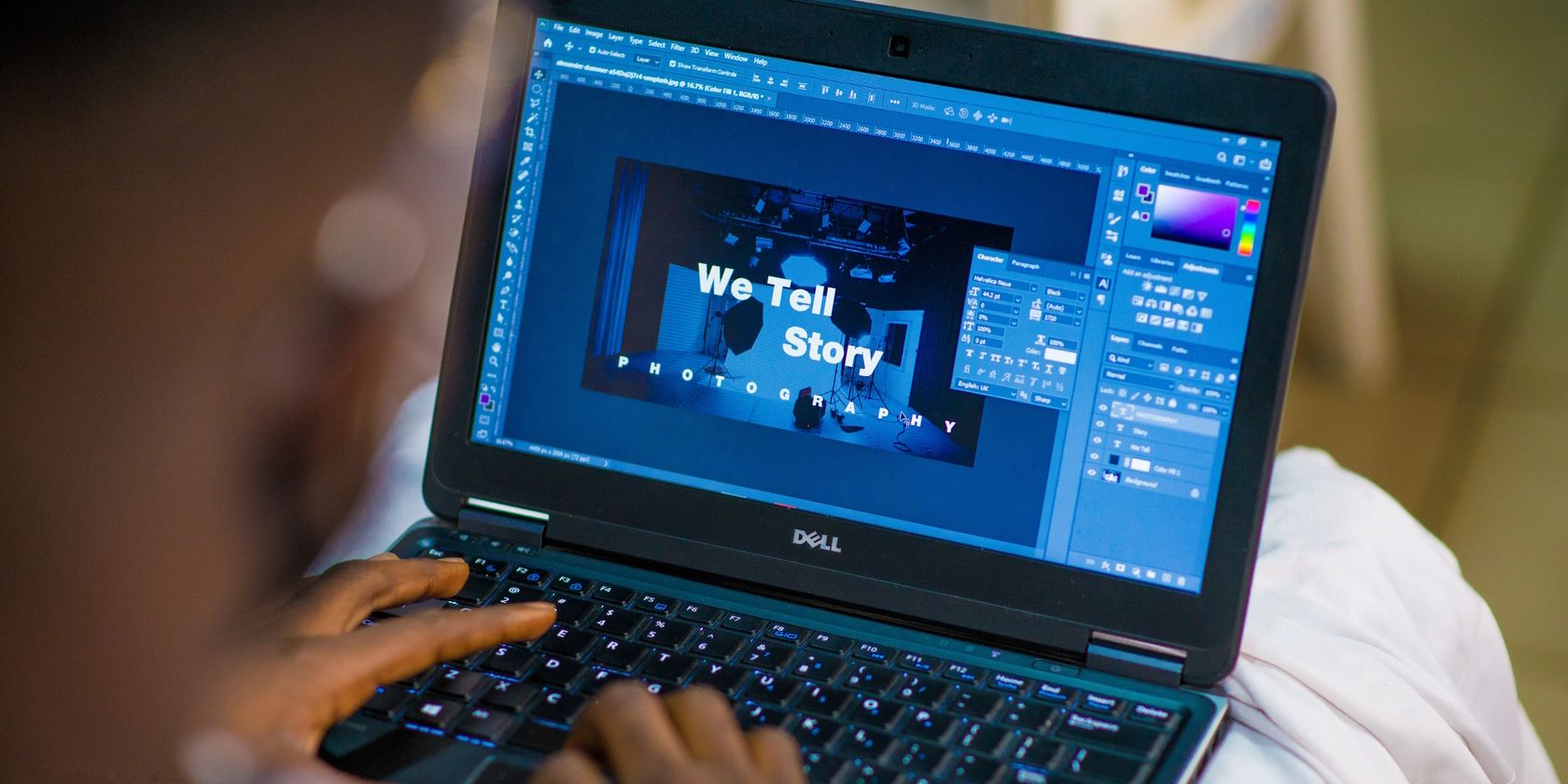- Breathing Light
- Posts
- Breathing Light Issue #70
Breathing Light Issue #70
Wandering among Plants speaking Foreign Languages

In this Issue
1. Taku Mahi Toi o Te wiki-My Artwork of the Week
2. Korero Timatanga-Frontispiece
3. Photographer's Corner-Do we take pictures or make them?- Your thoughts
4. Waiata mou te Ata-Poem for the day
5. Nine Fevered Mind Links (to make your Sunday morning coffee go cold)
6. Koorero Whakamutunga-Endpapers
My Artwork of the Week
Taku Mahi Toi o Te Wiki

Moreton Bay Fig, Kokoraareka/Russell 2023 | Fujifilm GFX 100, GF 45-100/4,
“Day after day, day after day,
we stuck nor breath nor motion
As idle as a painted ship upon a painted ocean
Water, water everywhere and
all the boards did shrink
Water, water everywhere nor any drop to drink.”
Last week I went for a walk into town. My route takes me across the Wairoa stream, and I’ll often stop on the bridge and meditate down into it, watching all the myriad whiri (threads) of water separating and recombining. The plants and trees lining the banks are primarily from other places. An Arum Lily is competing for space with a juvenile banana palm which looks frighteningly healthy. The humble dock at their feet looks puny and embarrassed. Even the trees are from faraway places, and the lone kanuka in the background looks almost out of place.
As I stared into the water, an elderly passerby stopped to talk to me. He spends much of his time working with other volunteers to help restore the stream and keep it relatively weed-free.
“You know,” he said, “the North is the weed capital of New Zealand.” He pointed out tobacco plants and the Taiwanese cherry, initially planted to bring colour to the area, which is now so comfortable and at home that it has become a pest. I shared with him how the brightly coloured lupins in the South Island came about because the government of the time wanted to bring more colour to the landscape. They ordered in tons of seed, repackaged it into small amounts, and distributed it freely, telling people to open their car windows and toss it out. The lupins did so well that they are almost impossible to remove. One of the downsides is that they clog the braided river beds, a unique geographical feature in Aotea Roa and the breeding grounds of native migrant birds.
It got me thinking about colonisation, particularly the effects of bringing in plants from other places and establishing them here.
One day Sarah and I took the ferry across to Russell (now renaming itself to Kokorareka). Once known as The Hellhole of the Pacific, a watering hole for whalers, sailors and travellers from around the world, its effects upon the local Maaori were profound. Alcohol, STIs And other diseases wreaked havoc upon the indigenous population.
We decided to have lunch at the iconic Duke of Marlborough Hotel, established in the mid-1800s. Dining there is like stepping back across the centuries. Outside the hotel is a giant tree with an enormous girth. I hadn’t seen anything like it and had no idea what it was, so I wanted to photograph it. Later I found out, thanks to Professor Google, that it is a Moreton Bay fig planted by the first collector of customs, Mr E. B. Laing, who served from 1870 to 1886. It is believed to have been planted around 1880. Of course, it is now a heritage tree because of its vintage. I was utterly fascinated by what appeared to be ligaments running up and down the trunk. It was as if the skin had been removed, and I was looking at the musculature underneath.
For some time now, I’ve been sensing a shift in my work and an urge to explore trees from foreign lands, how they impact the local environment, and how the local environment impacts them. In doing so, I am beginning to explore my own attitudes to and beliefs around colonisation.
After all, all my/our ancestors came from somewhere else. It’s just a question of when they came.
I see this image as massive, perhaps 40” x 60” (or even larger), printed on metallic paper and mounted on Dibond.
Edition of 1 only
$NZ 5 000 (print only).

Frontispiece
Koorero Timatanga

Taro Leaf, Kerikeri 2023 | Fujifilm GFX 100, GF 45-100/4
/
If a man does not keep pace with his companions, perhaps it is because he hears a different drummer. Let him step to the music which he hears, however measured or far away.
Atamaarie e te whaanau:
Good morning everybody,
It would seem it has been a long time between drinks.
In my last newsletter, I suggested that it might be about three weeks before I published this issue. I was returning to the far North for three weeks to spend time with Sarah and explore my relationship with my whakapapa, with all the ancestors who arrived on these shores long ago. That was the beginning of June, and I am still here. One thing has led to another, and with no real need to return south, I have stayed to get to know the North better.
It has been such an involving time, prising apart the mists of the past, that I haven’t had the time or energy to put my fingers on the keyboard. Not only that, but I left my ageing laptop in Te Anau and came up with only my phone. However, I have since acquired a new laptop and no longer have any excuse for not putting out a Breathing Light. So here we are.
Issue #70. When I began writing Breathing Light, I had no idea it would continue this far. The next milestone will be Issue #100.
The North is much softer and more gentle than winter in the South. The wind blows constantly, but it is more a long, slow exhale than the ferocious winds from the west or south at the other end of the country. Not only that, but the plants are different, almost inevitably giant, voluptuous creatures from other parts of the world. Palm trees, cycads, bromeliads, and fruit trees are in abundance. I see mandarins, oranges, grapefruit and tamarillos growing freely in people’s gardens wherever I look. The growing season here seems to stretch out across the year. Somehow all the children of Taane have an open-faced sense of self-confidence.
When I realised that most of what I saw were plants from other lands, I began to think about the effects of colonisation on the Taio (environment) of this country, mainly European settlement. In many ways, the plants symbolise the effects of new peoples coming here.
Is colonisation a bad thing?
I’m not so sure.
There are upsides and downsides to everything.
Mediaeval French philosophy had the concept of mesure. Put, It translates as moderation or balance. Moderation in all things is a virtue to be sought. Excess led to sin and damnation.
Perhaps moderation is a tension between two opposites and the answer lies in finding the point of equilibrium, the place of rest between them.
Photographer's Corner
Do we take pictures or make them? -Your thoughts

Food stalls, Matariki, Paihia 2023 | Fujifilm GFX 100, GF 45-100/4
“The traveler sees what he sees, the tourist sees what he has come to see.”
Do we take pictures or make them? - Your thoughts
In the last issue of Breathing Light, I discussed the issue of whether we take or make photographs and invited you to share your thoughts.
A number of you responded with your thoughts, which are so considered and thoughtful, I would love to share them with you all.
I am deeply grateful for these profound responses.
To “photograph”
“To photograph is to appropriate the thing photographed.” Susan Sontag.
Aye, but (to misquote Hamlet's soliloquy)" therein lies the rub…”
Because on the one hand, I agree. “Photography” is a verb. A “doing word” as my old English Master JG (Butch) Brown drummed into us at Mt Albert Grammar 60 plus years ago “…and probably doing more in one sentence than you’ll ever do in a lifetime, Greer”, he’d growl.
We don’t “take”, “shoot”, “capture” “catch” or “seize”. We “photograph”. A verb. A doing word.
Anything less than that risks the camera being a tool of misplaced entitlement and grasping selfishness. Somehow imagining that we (as Sontag suggests) can “appropriate” an event, a moment, a landscape unto one’s self. But that’s the very opposite of “to photograph” as a verb.
In fact, when we imagine we have taken, shot, captured, caught or seized a landscape’s wairua, or a person’s mana, or the whakatipu of an event, we have most likely not appropriated it at all but misappropriated it.
“To photograph” it’s a verb, a doing word – to observe, to embrace, to become part of – and thus, we “photograph”. But it demands care, sensitivity and respect.
In fact, come to think of it, maybe those three adjectives are a good description of why I feel so awkward and dislocated about the introduction of AI in photography. But that’s an argument for another day.
Michael G (Auckland)
If one changes “to take” a photo to “objects/scenes are to be taken in” via the process of photon capture (via film or digital), it implies a difference of degree of the relationship between the photographer & the object/scene. This relationship is established at the time of the capture. The more intimate the relationship, the more the end result will portray that relationship.
The post-processing aspect of digital has opened up a process to extend the original “terms” of the relationship. With the additional time to view & ponder what our being was drawn to, along with the digital tools to revise the original capture, images can be made more our own than was established at the time of the original capture.
In most cases, post-processing allows a clearer presentation of the relationship. In some cases, it allows “post-visualisation” (quote from an unrecalled source) to fully express the relationship or post-realisation (my phrase) for those times what we saw during capture was not even conscious.
-Marty G ( Philadephia)
"...Perhaps it doesn’t matter. If we take photos for our memories, slices of moment carefully excised from the continuum of time, and that is all we want, then surely that is enough. If, however, we want to express our own vision of the world and, to do so, develop techniques to show better that, then perhaps that is equally valid. Perhaps there is no correct answer, only the answer that is right for us..."
Quite correct Tony, there is no correct answer. Taking/making pictures, for whatever reason, starts with problem-solving. Over 73 years ago another boy showed me how, using two sheets of enlarging paper, I could copy a map that the teacher had set for homework. That introduced me to the joy of photographic chemistry. You're too young to know that if you put a globule of mercury into a container with a roll of film, you can increase the sensitivity of the emulsion. Unfortunately, the result was highly variable but such fun to explore. Bromoil technique, black and white followed by colour printing and developing were all technique-sensitive challenges to solve. Then came the wonderful realisation that most of us just "look" when to "see" was the most important challenge. And this was followed by the problem of how to express what one saw into a two-dimensional picture. A wonderful learning journey that leads on to the question of why does one bother? There are many answers to that, and each person has their own reply. At my age, I've realised that however we create our images, they are a slice of time. When viewed years later (even if created in an era before one was born), they are full of information or tell a story and in turn, that triggers an emotional response. I can smell my baby sons in their loaded nappies when I look at those pictures taken over fifty years ago or feel the wind in the picture I took on a mountaintop at an even earlier age.
Paintings, movies, drawings, etc., all contribute to our human story. I'm bemused at the judgemental approach taken by those who insist there is only their way to look at art. But I'll stop before wandering down that path.
Thanks for your Breathing Light thoughts. Your inclusion of Maori perspectives adds to understanding and is a reminder that there are many different ways to view our world.
Regards,
-Henry Z (Christchurch)
Waiata Mou Te Ata-Poem For the Day

Bromeliad,Kerikeri, 2023 | Fujifilm GFX 100, GF 45-100/4
“Being deeply loved by someone gives you strength, while loving someone deeply gives you courage.”
I am fascinated by the interface between European colonisation and the beliefs and culture of the Maaori here before them.
Sitting on the seashore at Paihia during Matariki and reflecting upon the clash of cultures, particularly the story of Russell and the Bay of Islands, this waiata wrote itself.
Crinoline Whispers song
The white canvas sails
from the rim of the world beyond
have been whispering and conspiring
in the pleated crinoline corridors of the night,
bringing shirred snatchers of song
to wrinkle and ruffle the balm of the dark.
Across the bay
under a feared Whiro moon,
a slitherslipper shuffle away,
hawk-nosed reavers
with salt-reamed and rimed faces
are
spending their souls for six copper nails
and leaving their wasted ways
lying in whale-oiled pools of murk,
to lurk
tarnished and grim
in the darkening, deepening corners
of the lunarmoon metronome years to come.

Nine (well, ten) Fevered Mind Links (to make your Sunday morning coffee go cold)
EndPapers
Koorero Whakamutunga

Fireworks and Waka Taua, Matariki, Paihia 2023 | Fujifilm GFX 100, GF 45-100/4
“Always remember that you are absolutely unique. Just like everyone else.”
Here in Aotearoa, New Zealand, we have just celebrated Matariki, a national holiday for the Maaori New Year.
Matariki came and went on Friday, and it was a wonderfully peaceful day. Sarah and I drove over to Paihia to join a happy, buzzing crowd at a festival to celebrate the holiday, its second year. We wandered among the stalls and music performances. As darkness fell, we found a place on the rocks lining the seashore, listened to local music and then watched a choreographed fireworks display. It was quite an extraordinary and joyous time that holds a more profound meaning for many of us than some of the imported commemorations that hark back to a colonial past and servitude to the British Empire.
Matariki is the Māori New Year, celebrated when the constellation of Matariki (the Pleiades) rises in the East. For we Maaori, it's a time of thanksgiving and remembrance, giving thanks for the year passed and remembering and celebrating the memory of those no longer with us. The Maaori calendar is lunar ( te maramataka), while the European is solar (te raataka). I have included a delightful link to a video which explains it much better than I could. I hope you enjoy it.
I wonder perhaps if, as a nation, we aren’t beginning to throw off the cloak of the past and acknowledge our own unique culture, a culture rooted in a time before the arrival of Europeans and weaving together the whiri (threads) of all the peoples who have settled here in Aotea Roa New Zealand.
I wish you all love, truth, wisdom and peace.
As always, walk gently upon our Mother and be kind to each other.
He mihi arohaa nunui ki a koutou katoa
Much love to you all,
Tony.












Reply